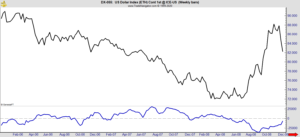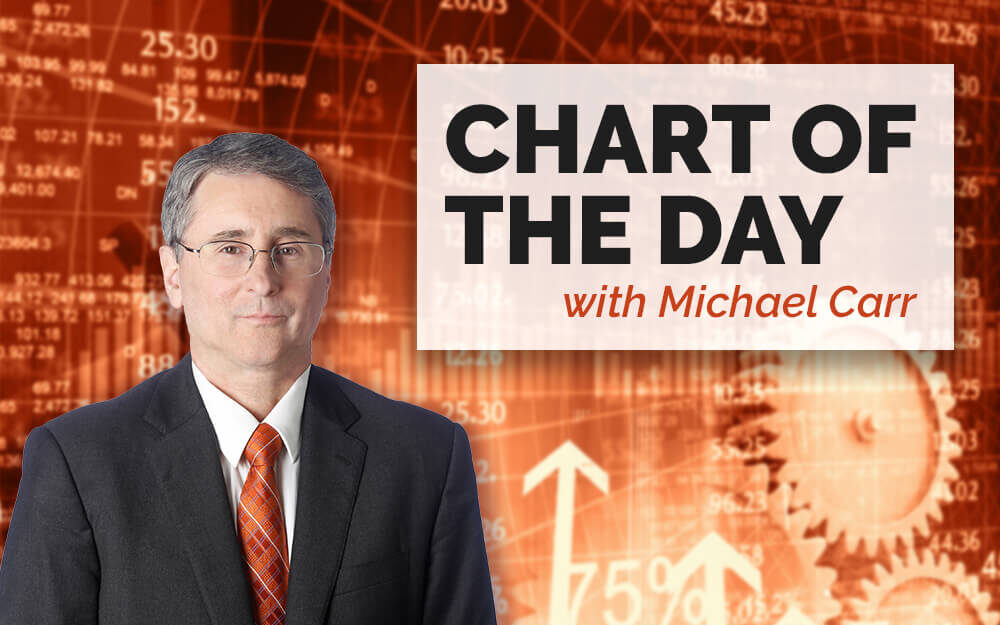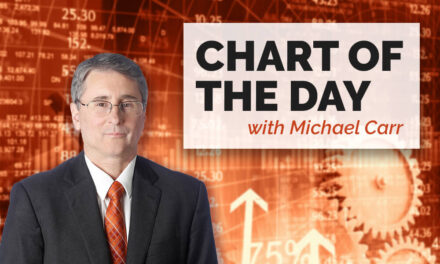Analysts often watch for an obscure report issued by the Commodity Futures Trading Commission.
The Commitment of Traders (COT) report tells us who is buying gold, soybeans and other commodities. The report includes financial futures such as contracts on the U.S. dollar.
In the U.S. dollar market, regulators know who is buying a futures contract:
- A company that uses dollars to hedge financial risks of exports.
- A hedge fund.
- Or an individual investor.
Analysts call one group “smart money.” This group expects to be right about major trends more often than not. In the report, this group is called commercials.
For the dollar, commercials include large banks that finance trade. Buying and selling futures allows the banks to reduce, or even eliminate, risks from changes in the dollar.
The chart below shows positions of commercials (blue line) in the U.S. dollar market. The price of dollar futures is at the top.
”Smart Money” Moves in U.S. Dollar Market

Source: Trade Navigator
This chart requires some explanation.
In futures markets, traders buy contracts, or go long, when they expect prices to rise.
When they think a decline is coming, they sell contracts, creating a short position.
Stock traders can also take short positions, but shorting is expensive. Going short in futures is common because the costs are the same as a long position.
Groups in the COT report are either net long or net short, and the dashed line in the chart shows the division between long and short. Commercials are long dollar contracts for the first time in years.
Because commercials are smart money, analysts expect prices to rise when commercials are long. The chart below shows that this doesn’t always work in the dollar market.
”Smart Money” Can Be Wrong

Source: Trade Navigator
What the U.S. Dollar Market May Be Signaling
Commercials were long almost continuously from early 2006 to the end of 2007. The dollar plunged more than 20% at that time.
This was a time when the U.S. trade deficit was at its worst. Commercials were long to finance trade.
The current dollar market could be sending a similar message. It’s possible we are seeing a weakening of manufacturing in the U.S.
This contradicts popular opinion that the U.S. will enjoy a manufacturing resurgence as supply chains deglobailize. Right now, the market is telling us that conventional wisdom could be wrong.
P.S. To find out how you can use my “Strike Zone” Indicator to see gains of 364% in 12 days, 323% in 18 days, 496% in 4 days and more, sign up for this FREE broadcast.
- Michael Carr is a Chartered Market Technician for Banyan Hill Publishing and the Editor of One Trade, Peak Velocity Trader and Precision Profits. He teaches technical analysis and quantitative technical analysis at New York Institute of Finance. Mr. Carr is also the former editor of the CMT Association newsletter, Technically Speaking.
- Follow him on Twitter @MichaelCarrGuru.




